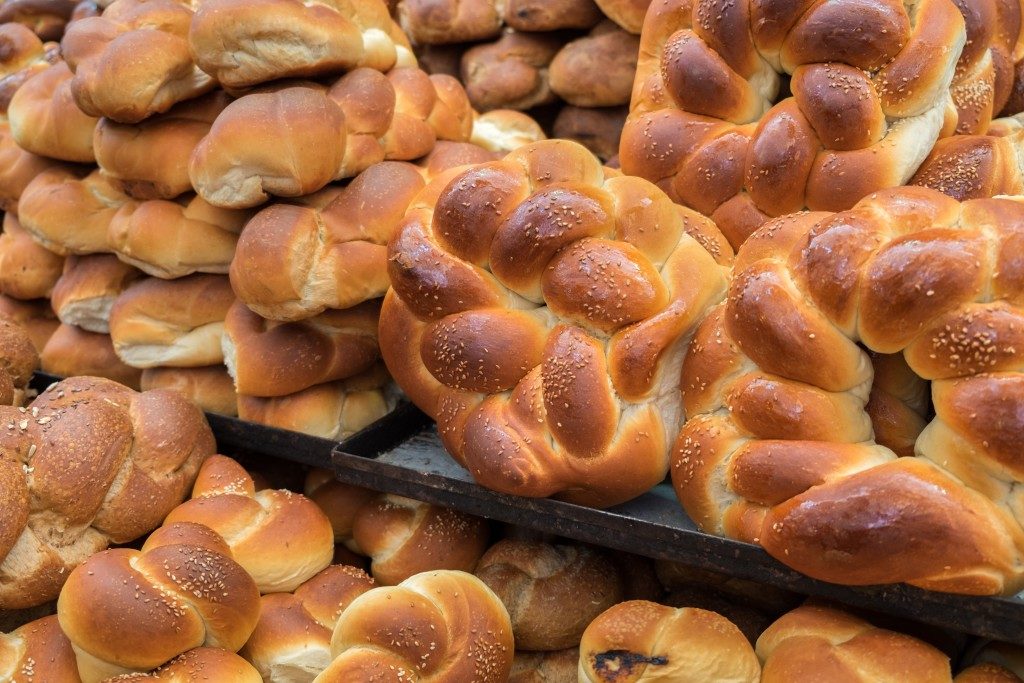Every Filipino has had the experience of eating pandesal for breakfast and pairing it with a steaming cup of coffee. You either bought a big bag from the local panaderia or from the bike vendors who enter your village. Apart from pandesal, other Philippine breads, such as monay, ensaymada, pan de coco, and kalihim also filled the glass cases of bakeshops. These favorites have come a long way, and so has the Philippines’ baking industry.
Bread-making in the country used to be primarily cultural and traditional. It was characterized by classic baking techniques and equipment, such as the pugon or a brick oven operating on wood. But the industry has since moved on from these traditions to modern processes.
Better Baking Equipment and Processes
Families up and down the income brackets consume Filipino breads. The large market led bakers to speed up their production to meet the demand, so they swapped their traditional breadmaking methods for more modernized ones.
Large bakery equipment and machinery replaced the pugon since these accommodate larger batches and require less labor to operate. Measuring cups are also slowly fading in favor of digital weighing scales, which provide more accurate measurements.
These technologies have made it easier for bakeries to establish their most efficient processes and ensure consistent quality in all their products. Modernization also allowed bakeshop chains to standardize procedures and recipes, enabling them to expand their business via franchising.
The evolution of baking has made it a lucrative business venture, providing jobs and opening opportunities for entrepreneurs. Since bakers have perfected their bread-making processes, they now have the chance to experiment with recipes and introduce their own.

Distinct Product Offerings and Recipes
People jazz up their simple pandesal by turning it into a sandwich, filling it with mayonnaise spreads, coco jam, and sometimes even fried hotdog or egg. It’s common to use a piece of monay as a vessel for ice cream as well, which is something that can be bought from the sorbetes vendors.
But now, people have greater options available to them, thanks to product innovations. Some examples are Gardenia’s hotdog-flavored pandesal and Pan de Manila’s malunggay or moringa pandesal. Gourmet versions of old panaderia classics have also sprouted, such as three-cheese ensaymada from Mary Grace and the sourdough pandesal from Panaderya Toyo.
The Food and Nutrition Research Institute (FNRI) used the innovations in bread-making to create a healthier variant of pandesal as well. A few years ago, the FNRI introduced the yellow pandesal in public schools. The color is due to squash puree, which the institute added to help address malnutrition among kids and teenagers.
Although artisanal bakeries have populated the market, many bake shops still stick with the traditional methods. An example is Kamuning Bakery in Quezon City, one of the oldest and most popular panaderia in the city since opening its doors in 1939.
Food writers Amy A. Uy and Jenny B. Orrillos published a book detailing the role of panaderia and Philippine breads in Filipino culture. The goal of “Panaderia: Philippine Bread, Biscuit and Bakery Traditions” is to allow people to take a closer look at food that have been staples on Filipino dining tables for the longest time. Hopefully, Philippine breads, along with the traditions and changes that surround them, will be preserved so that they can give clues about the country’s identity.
